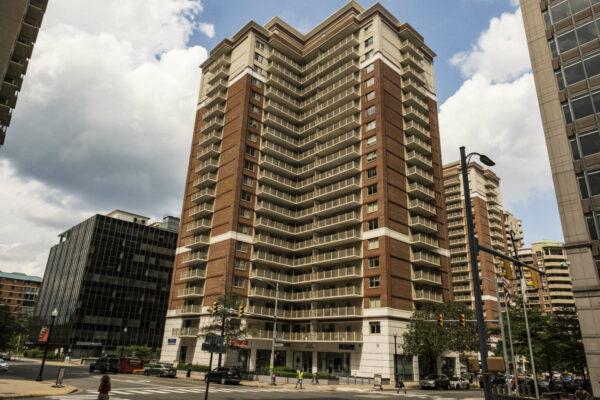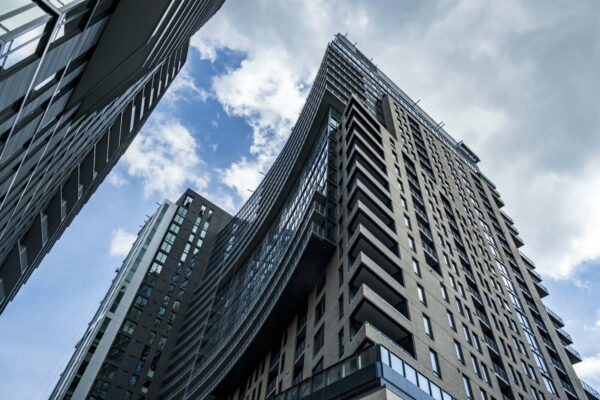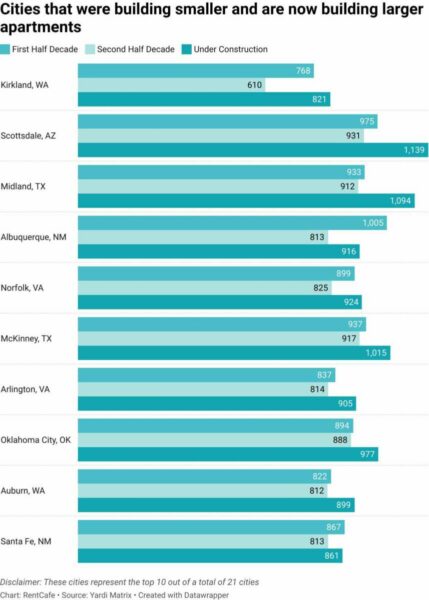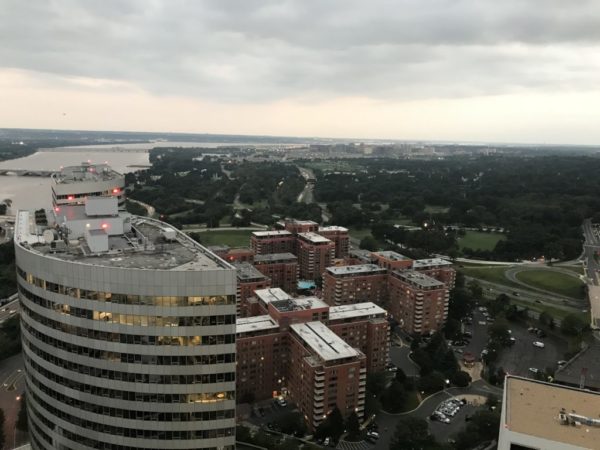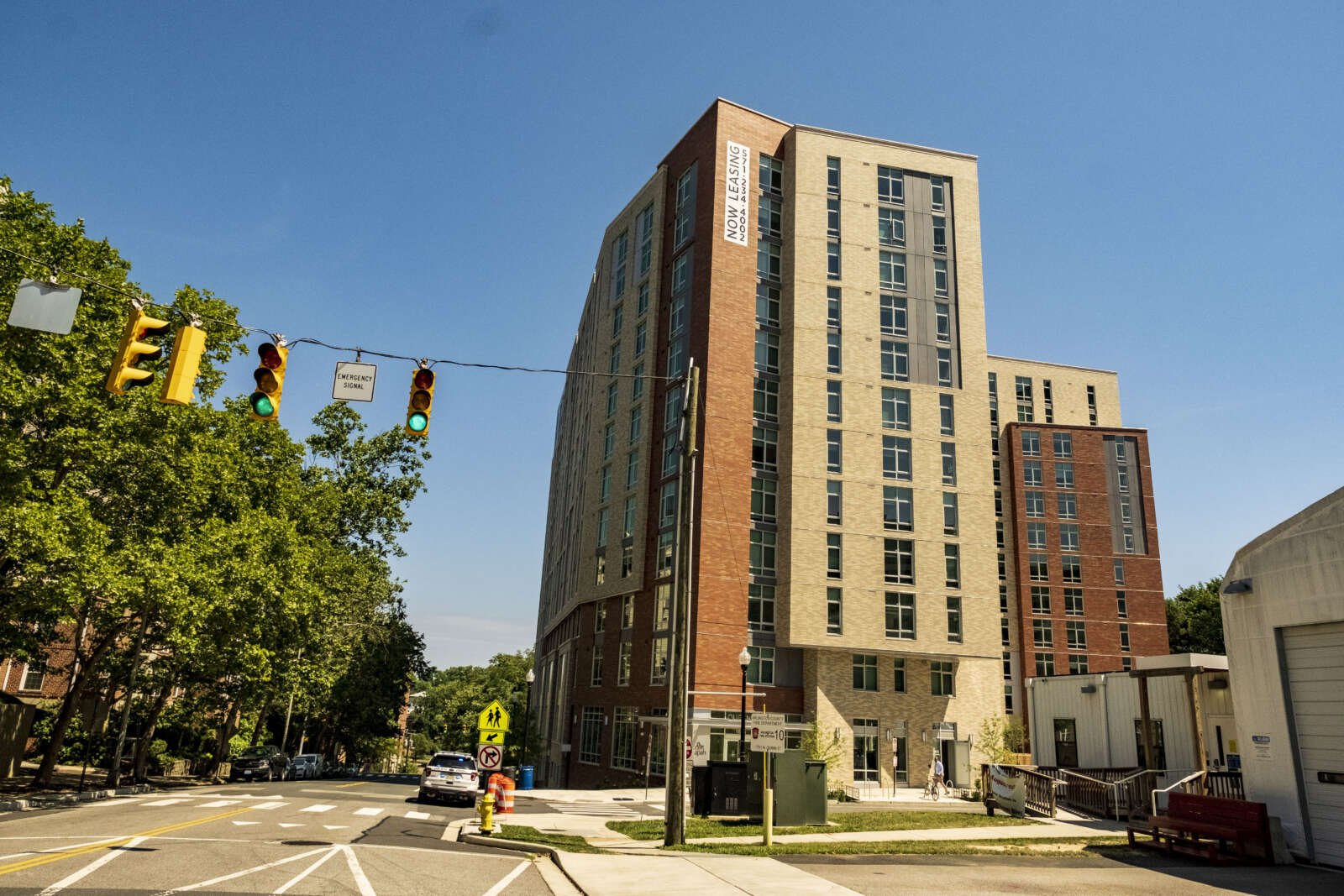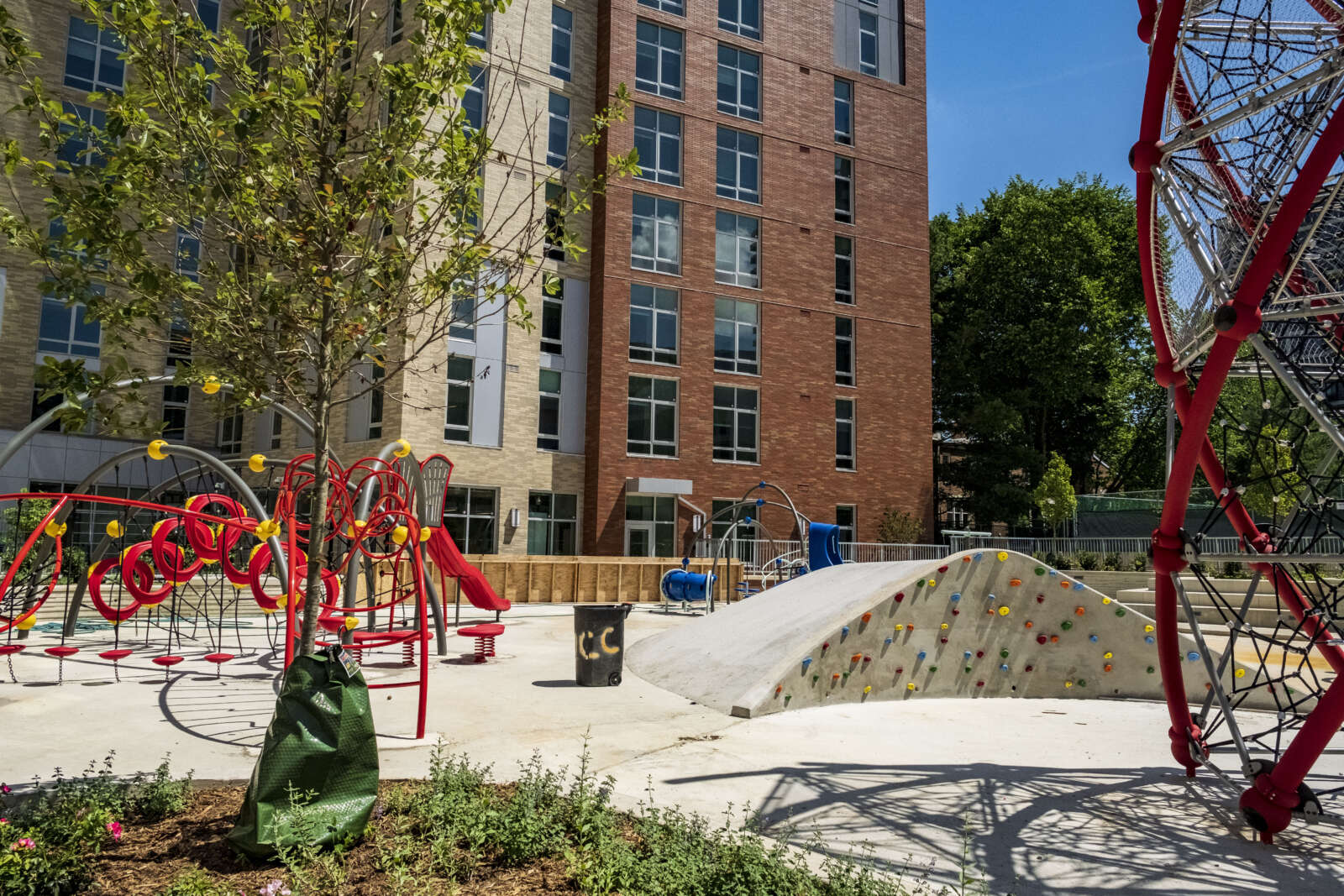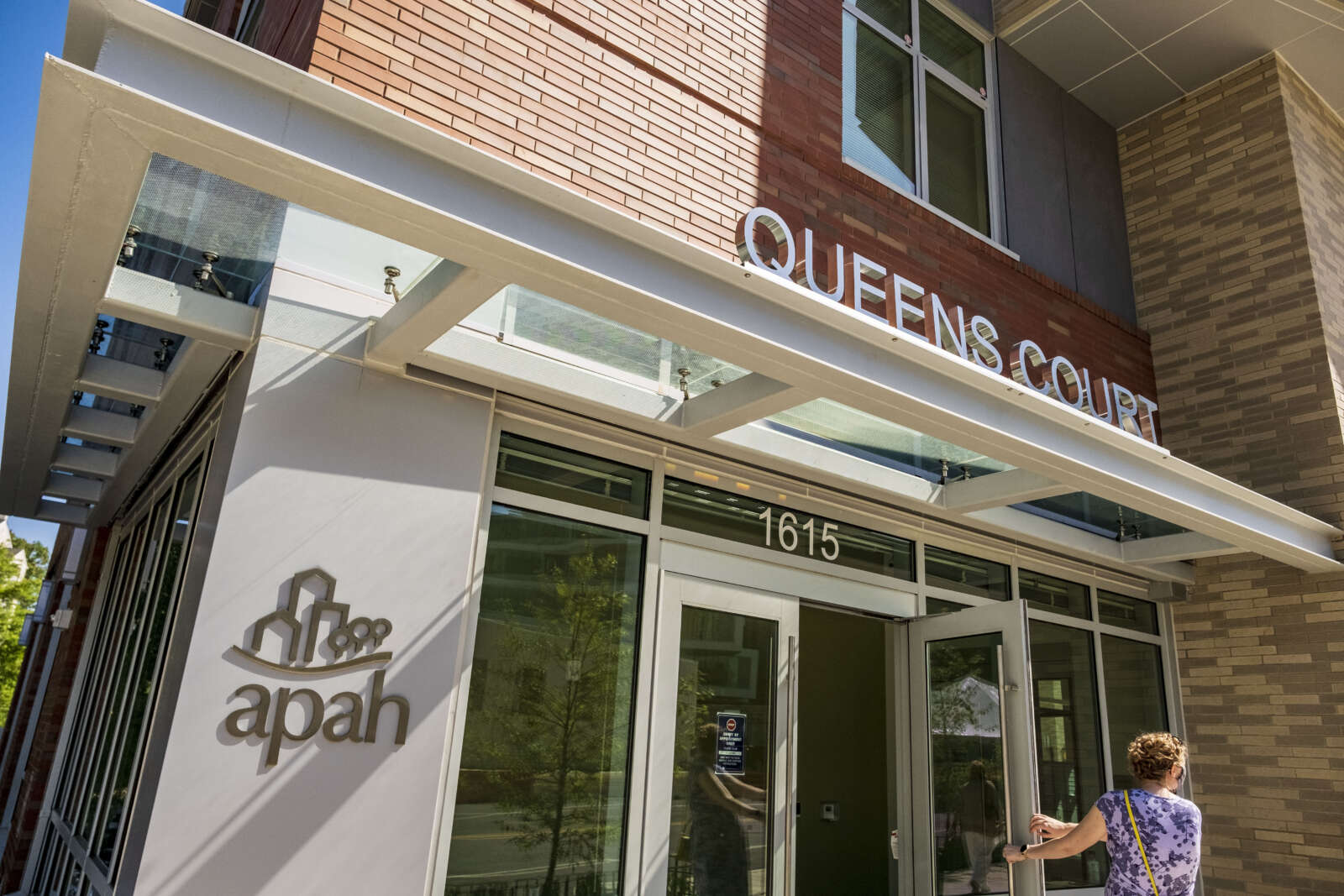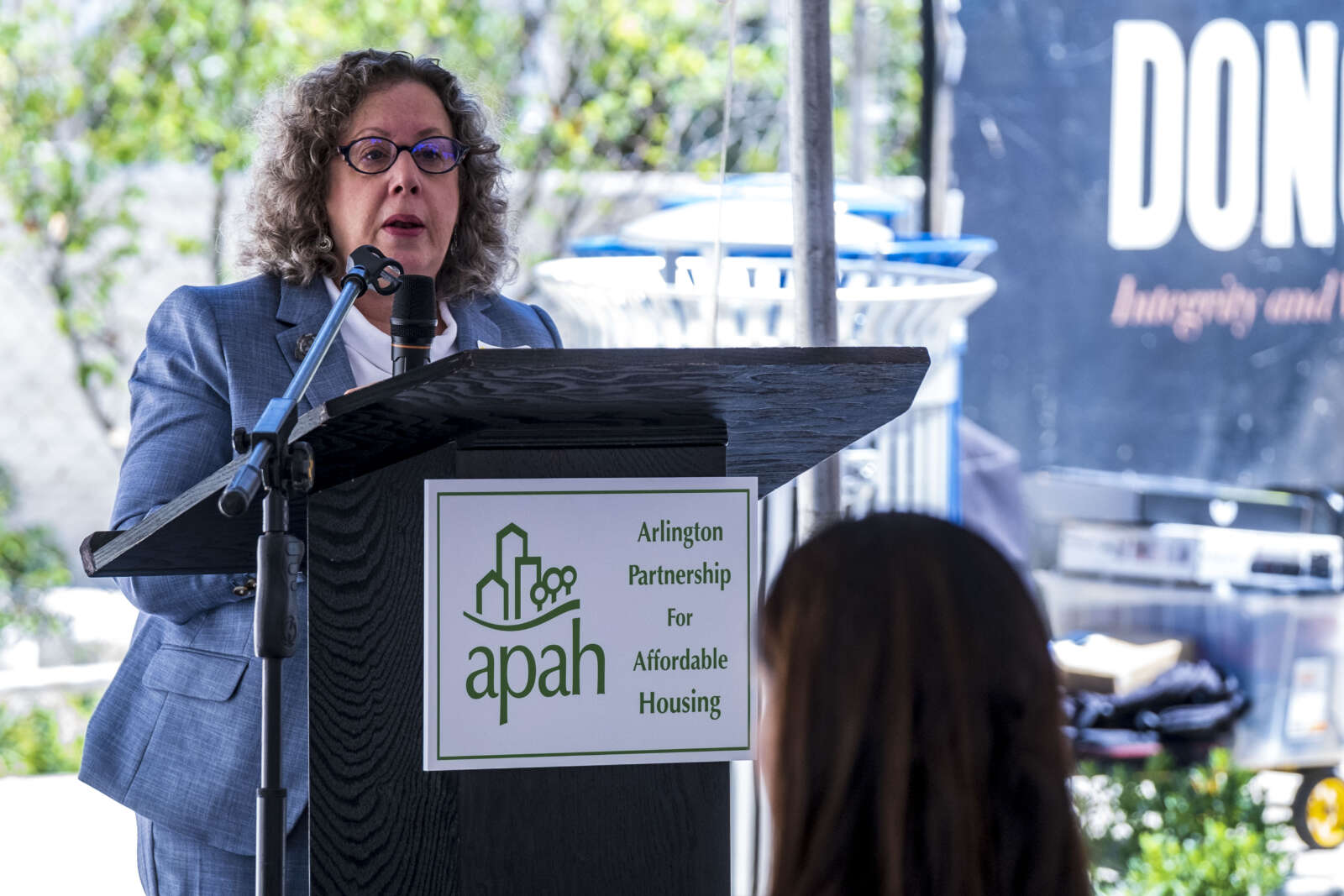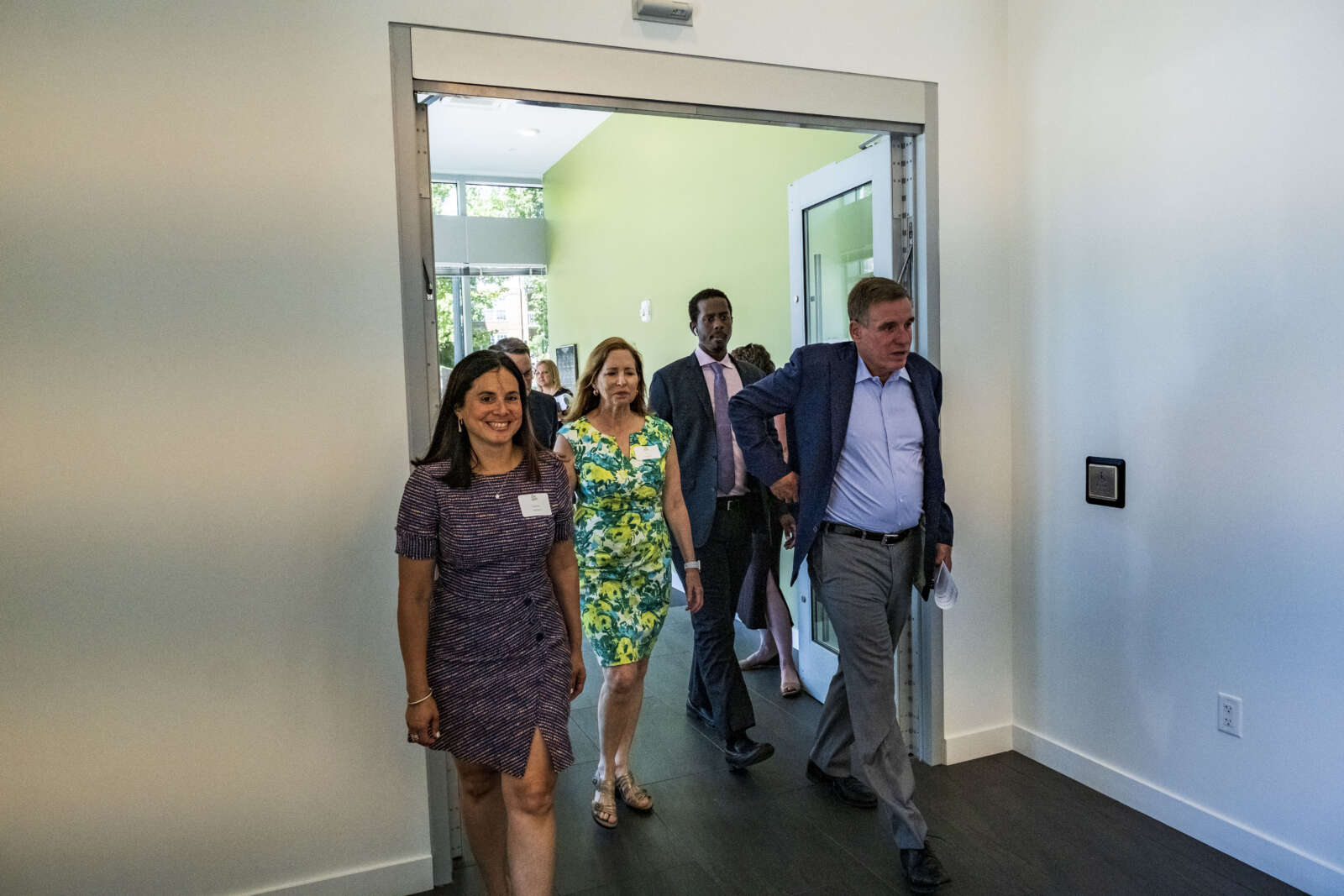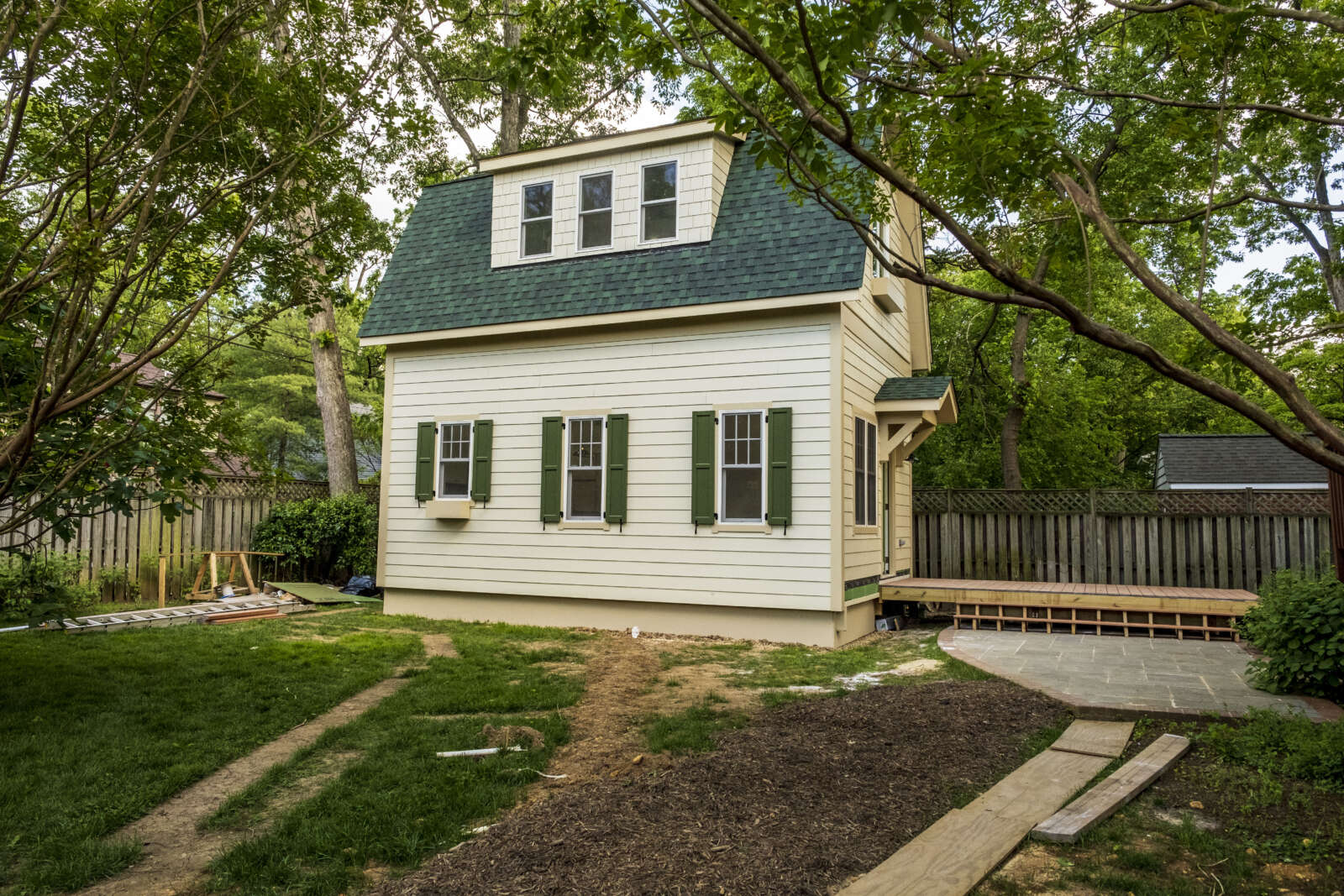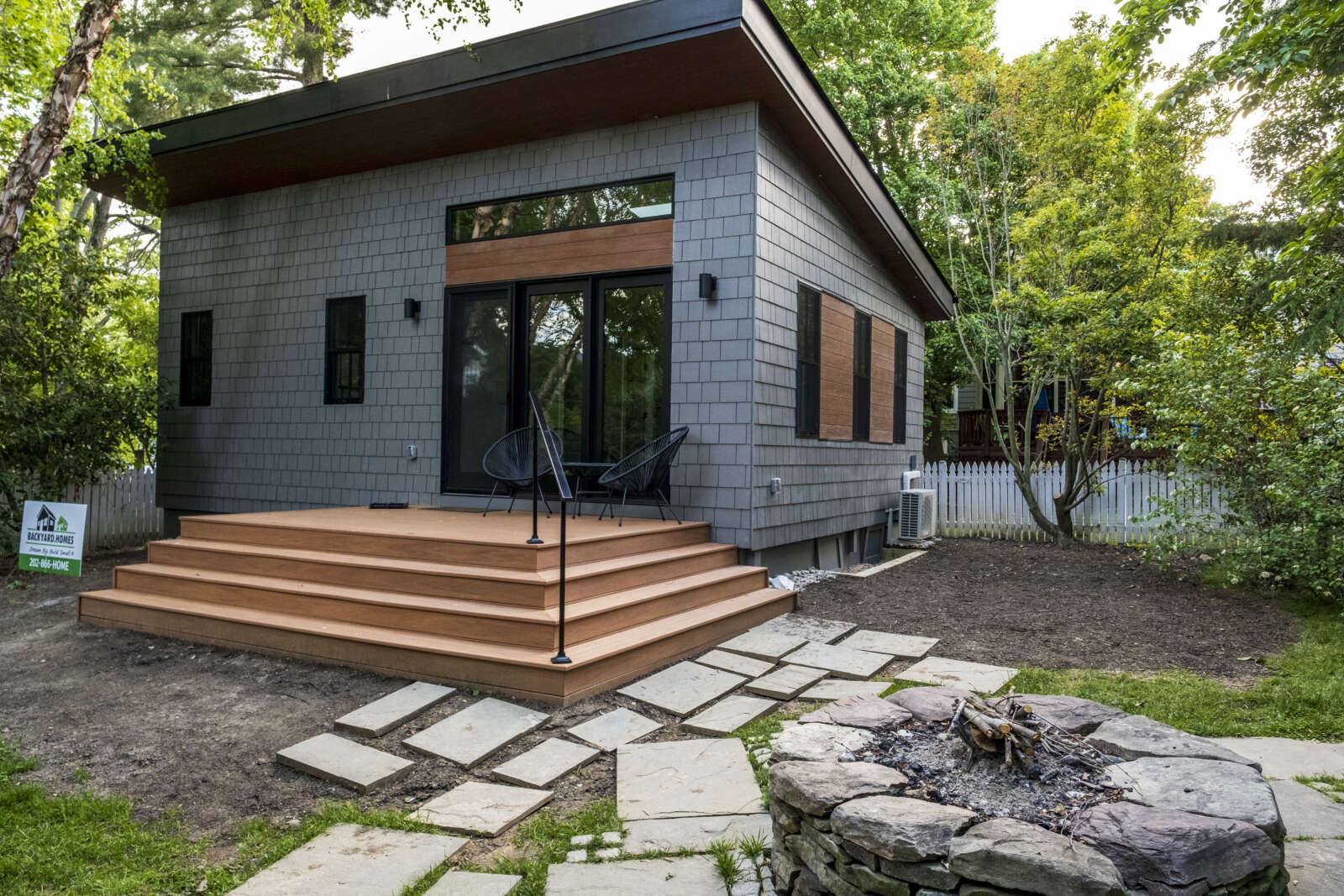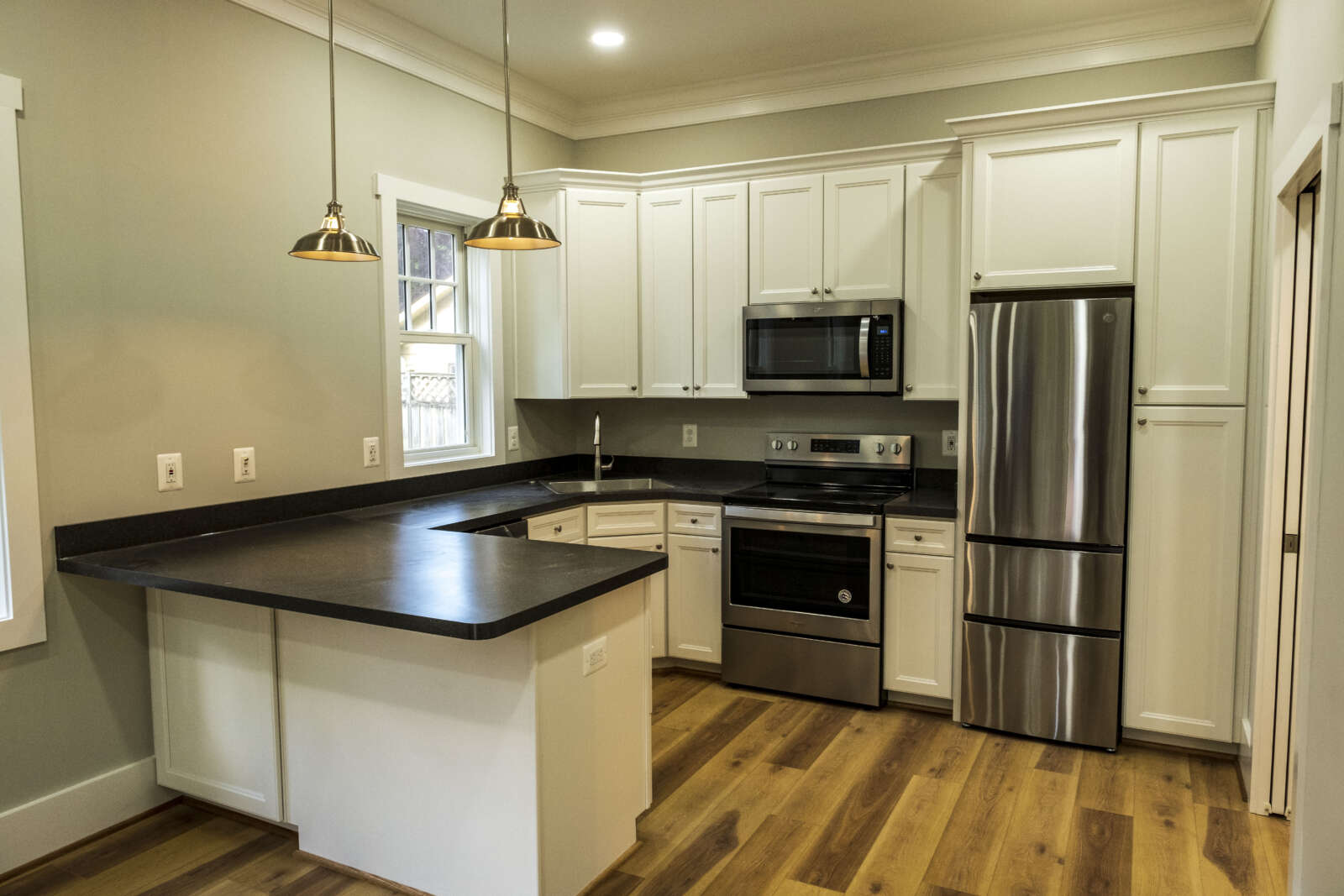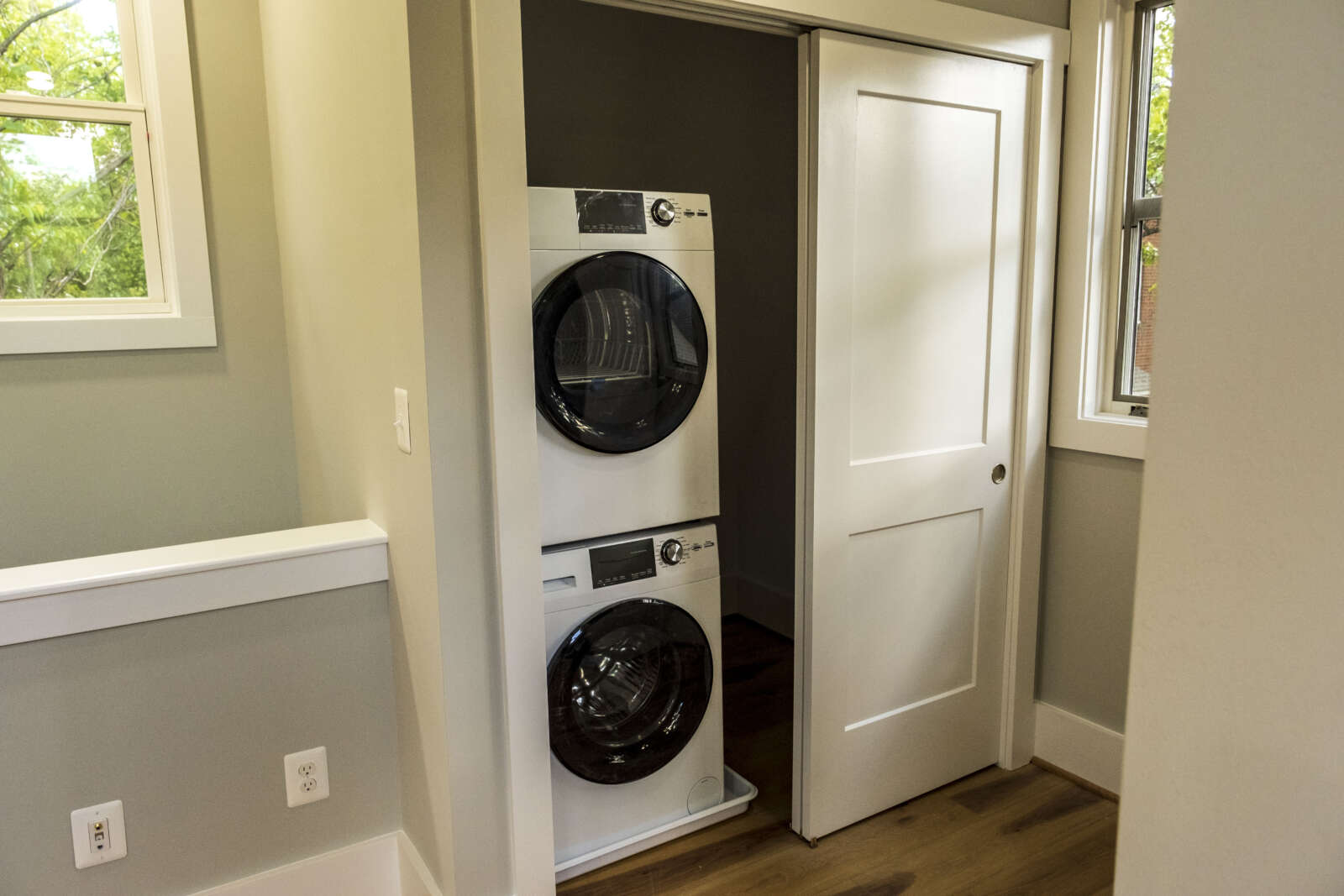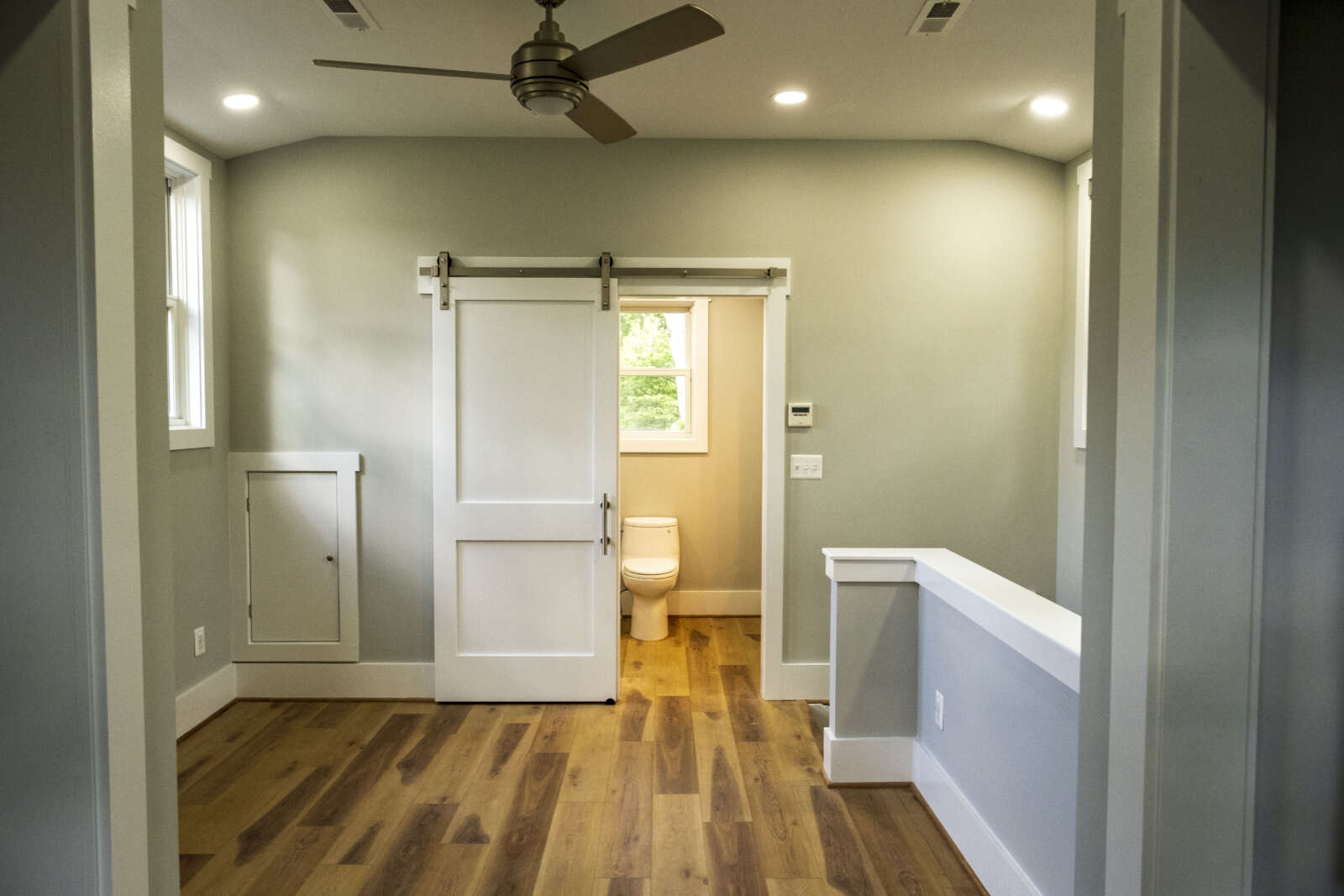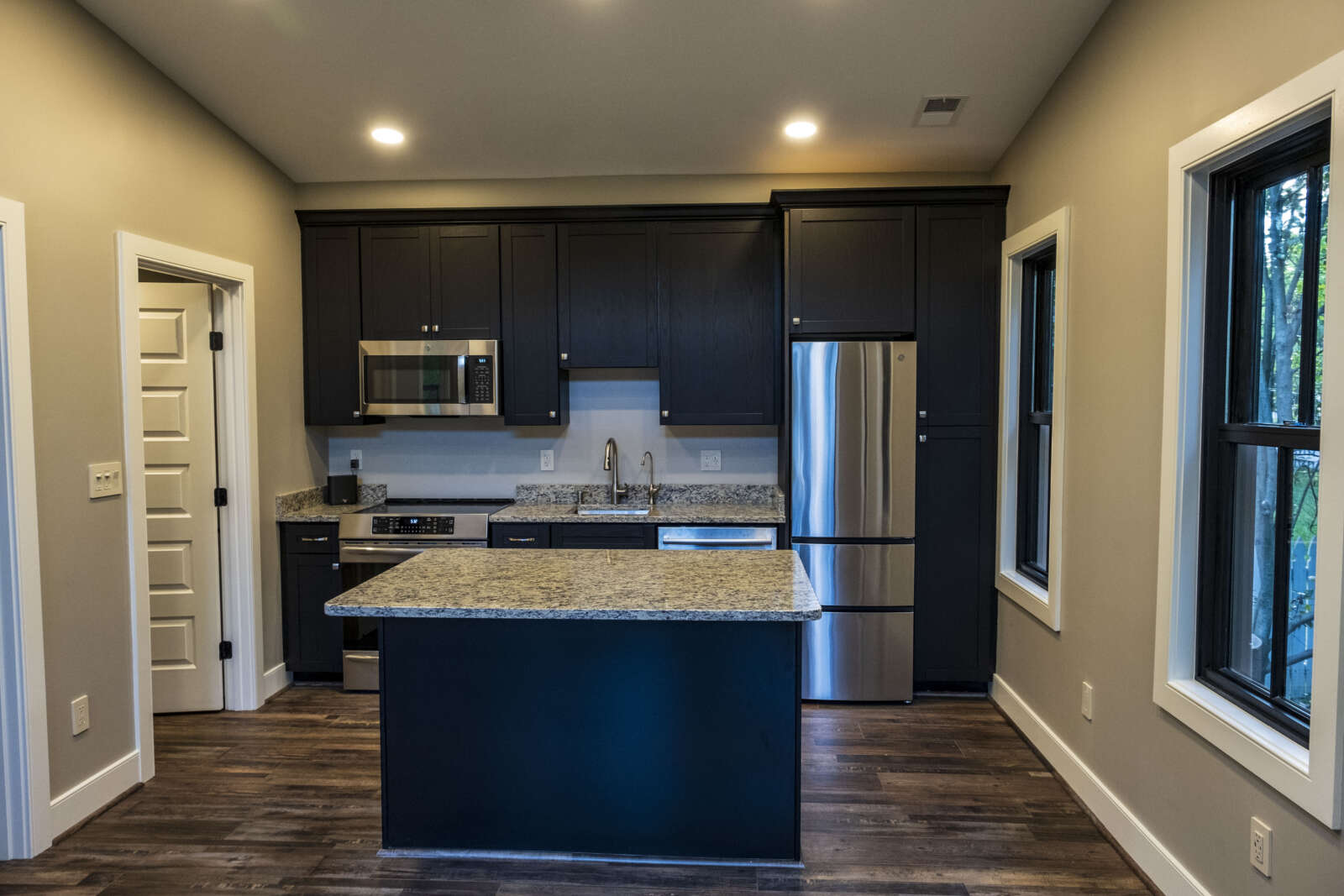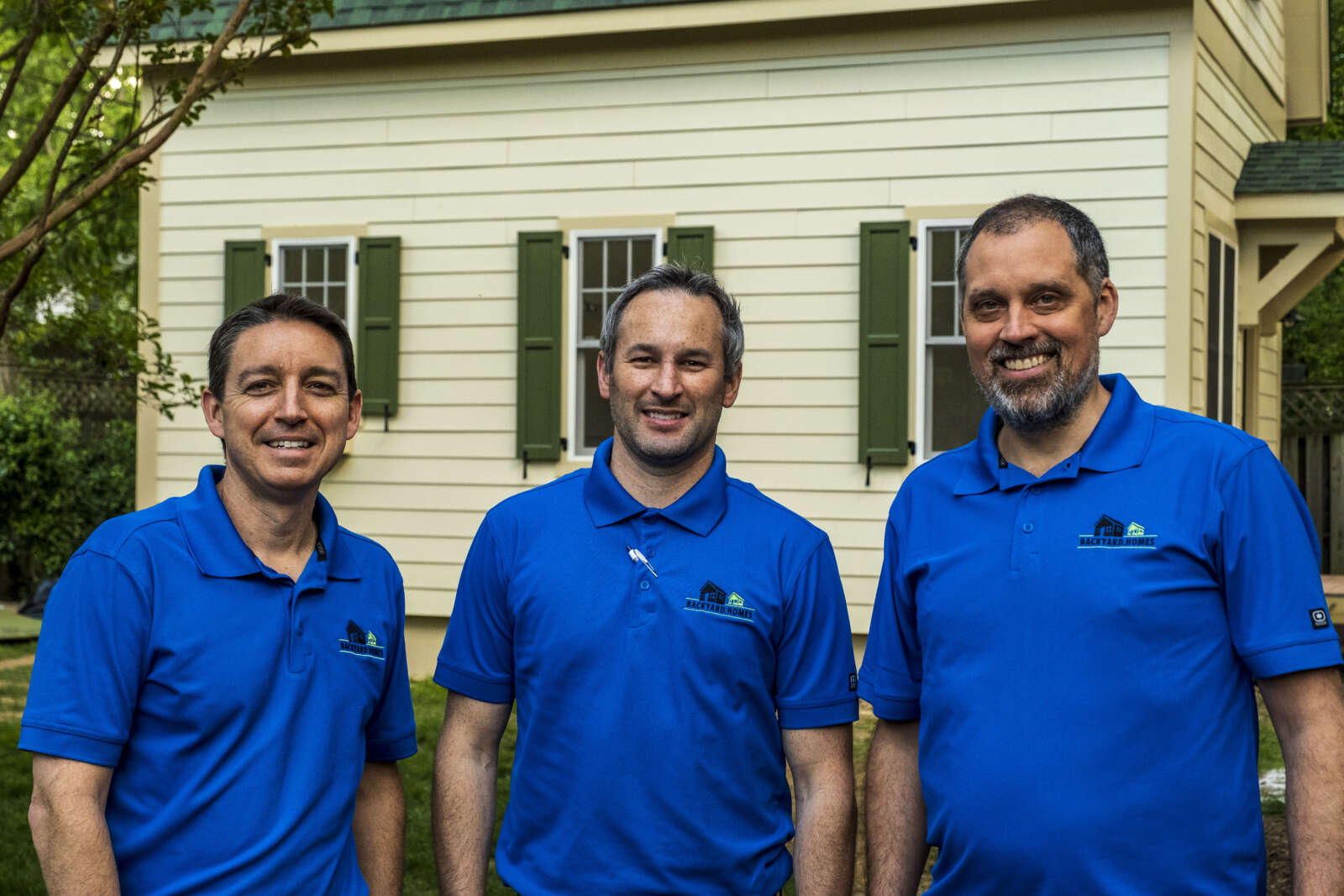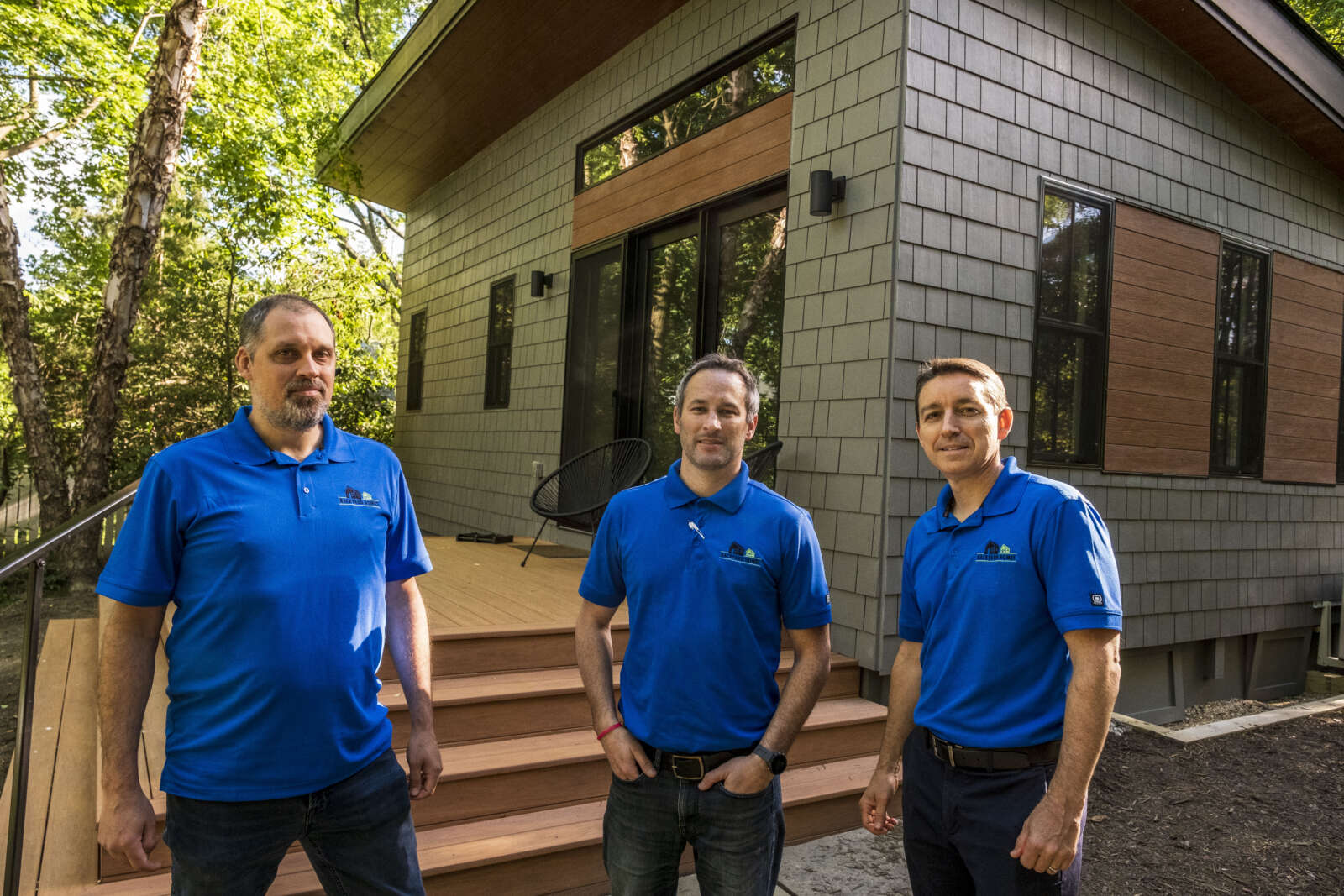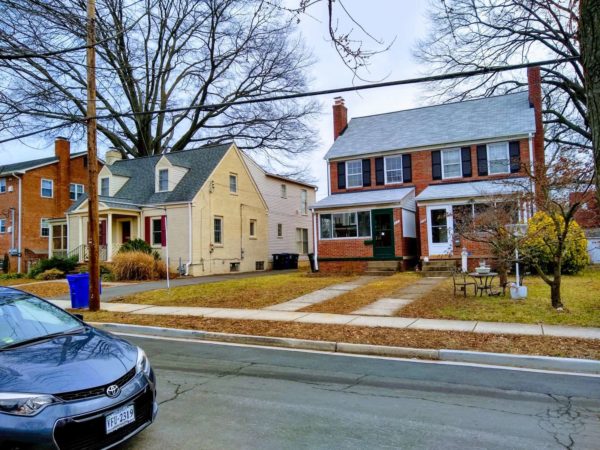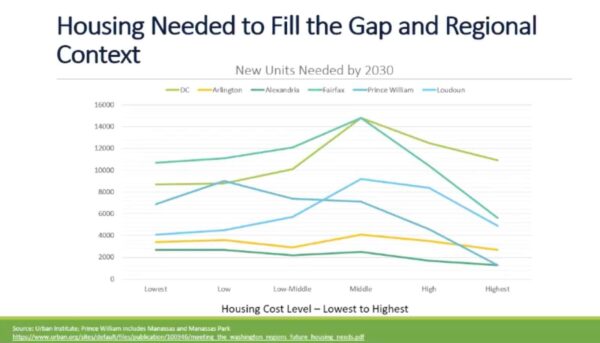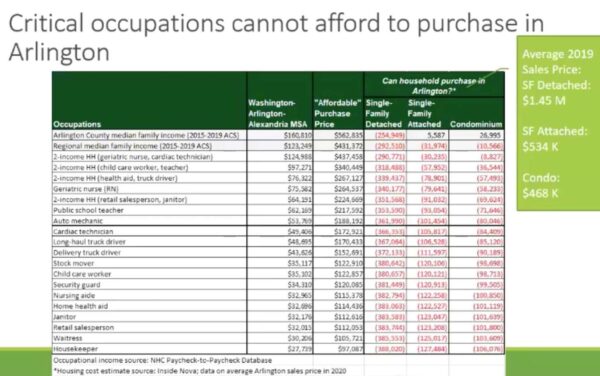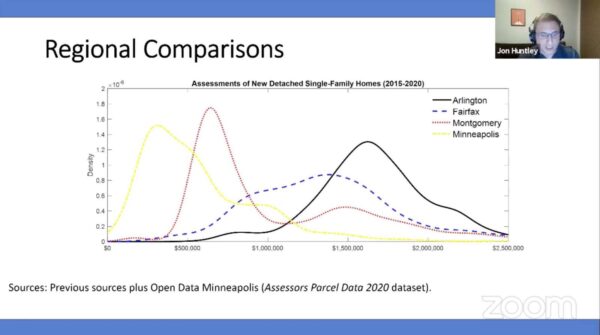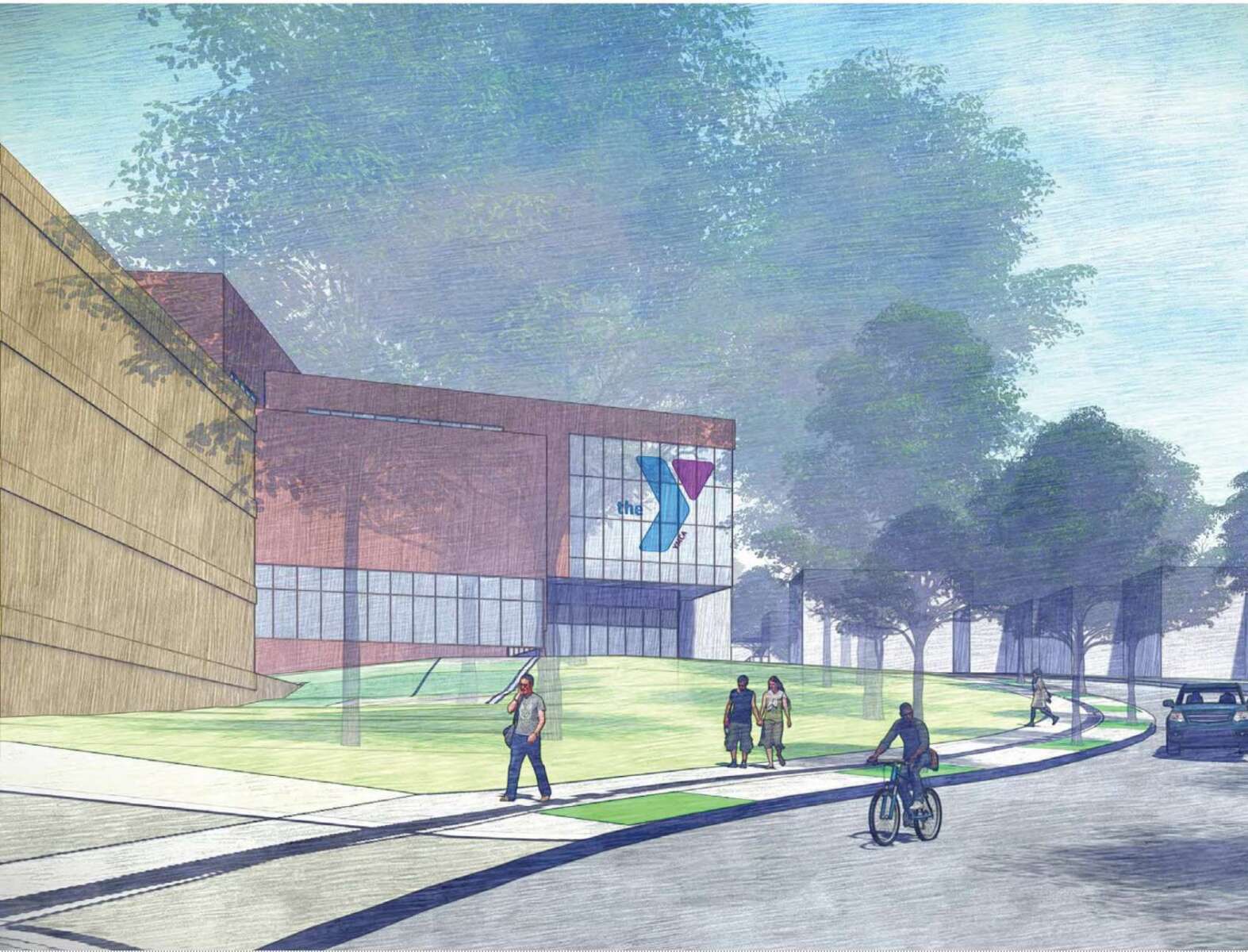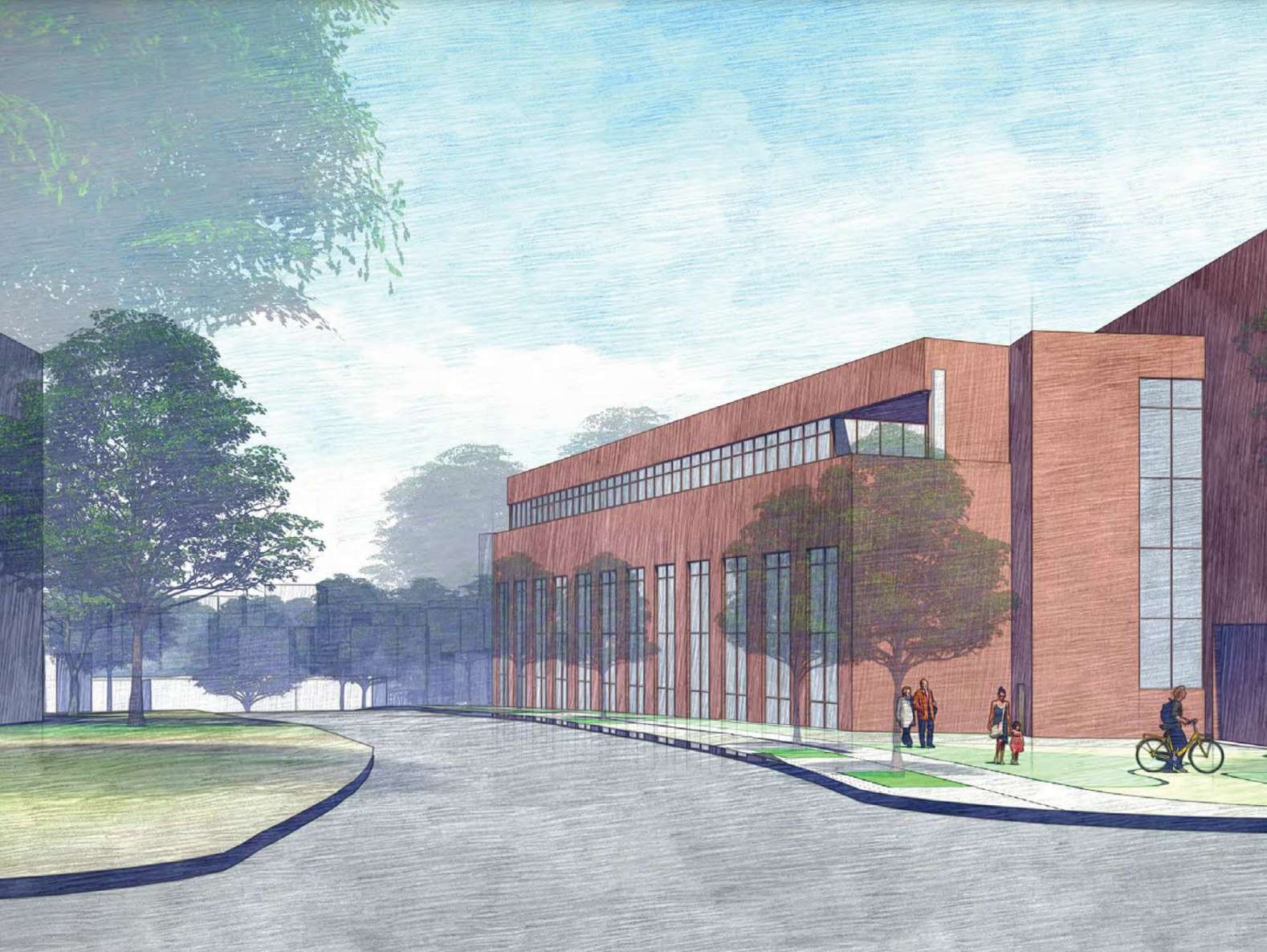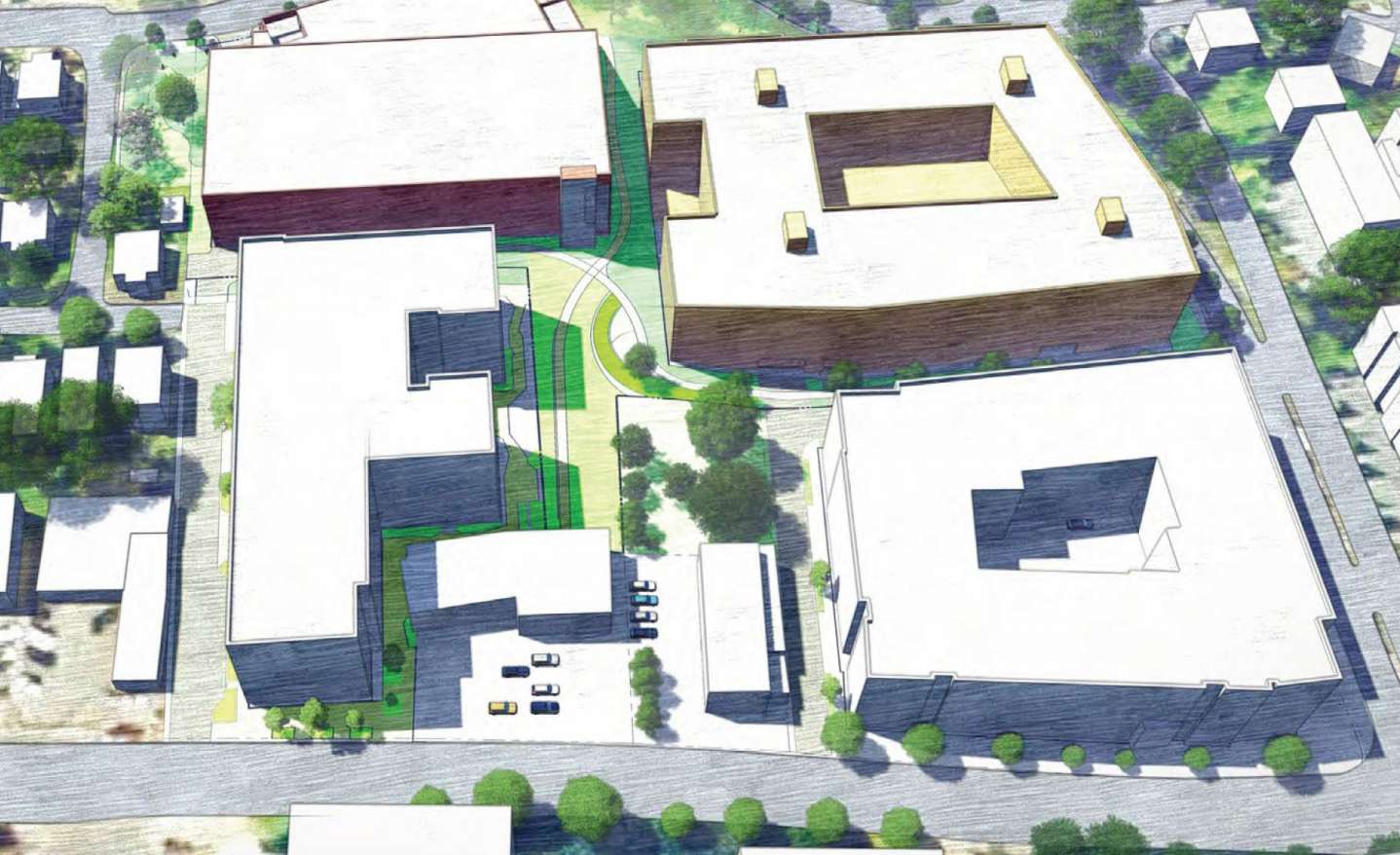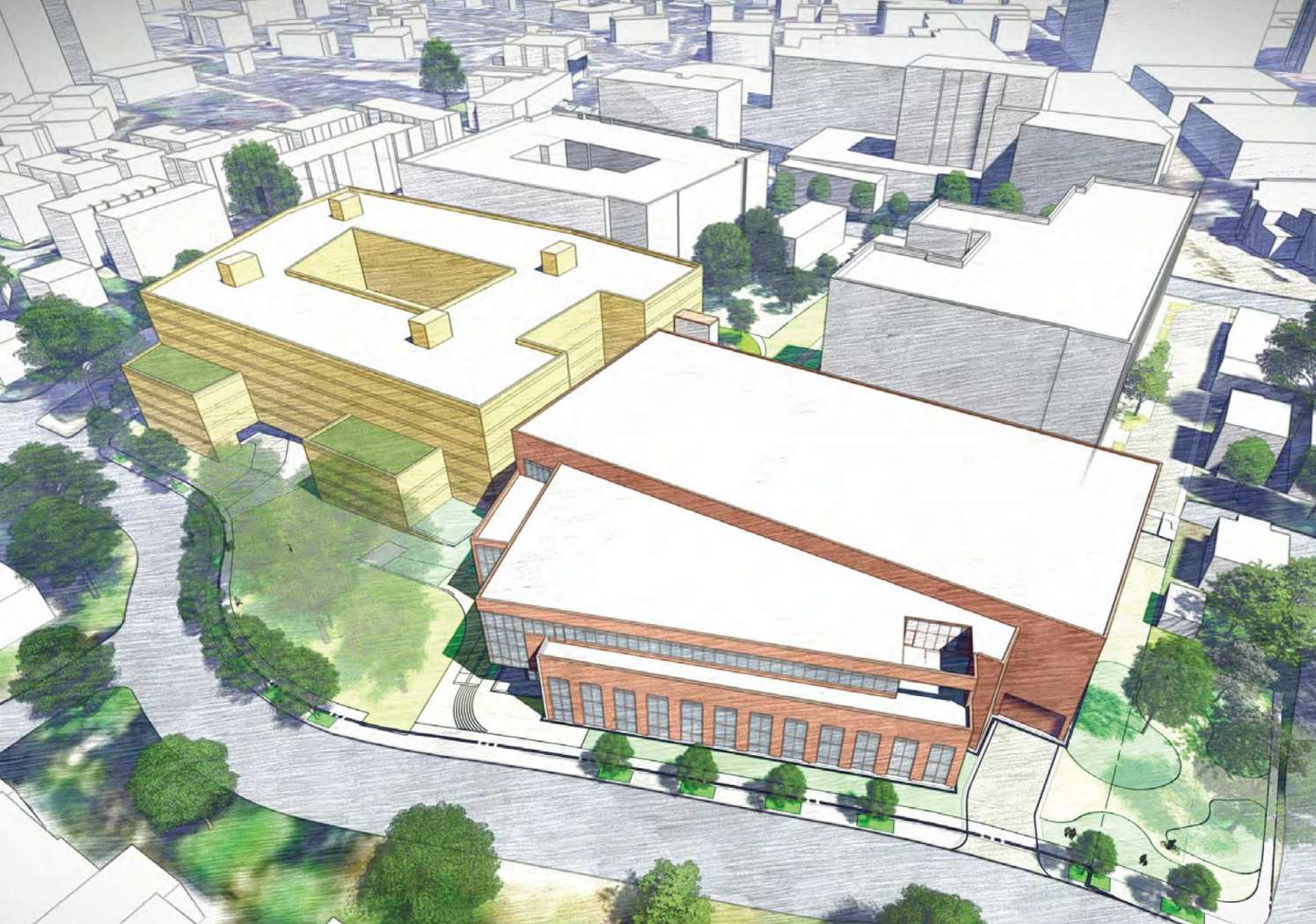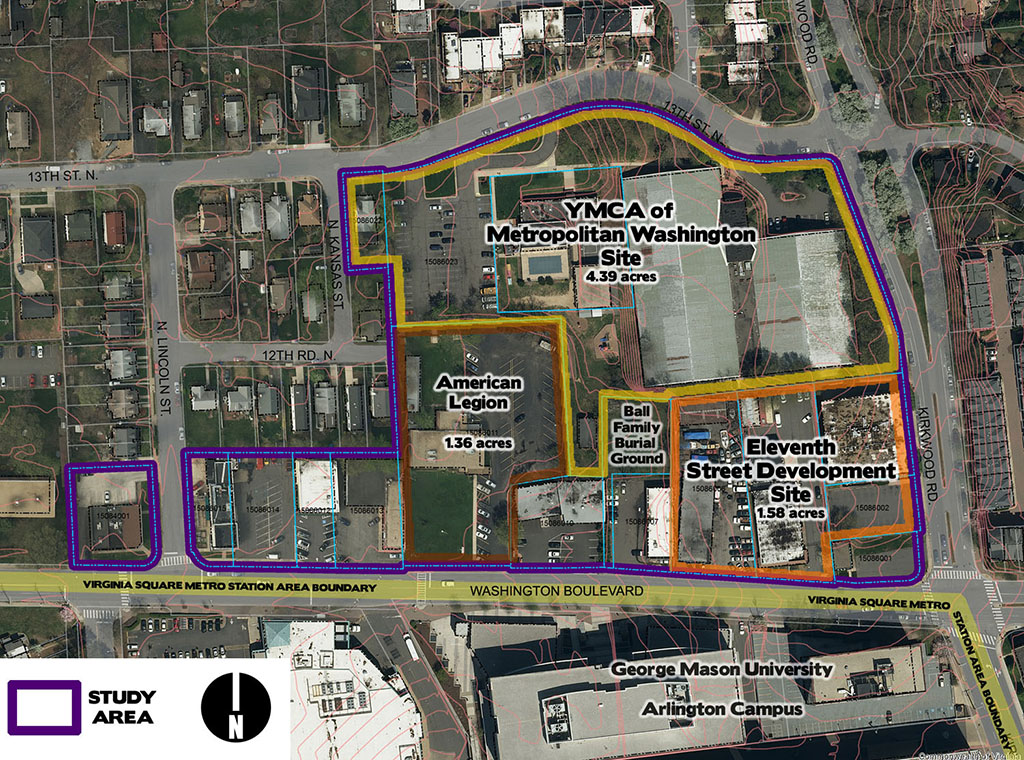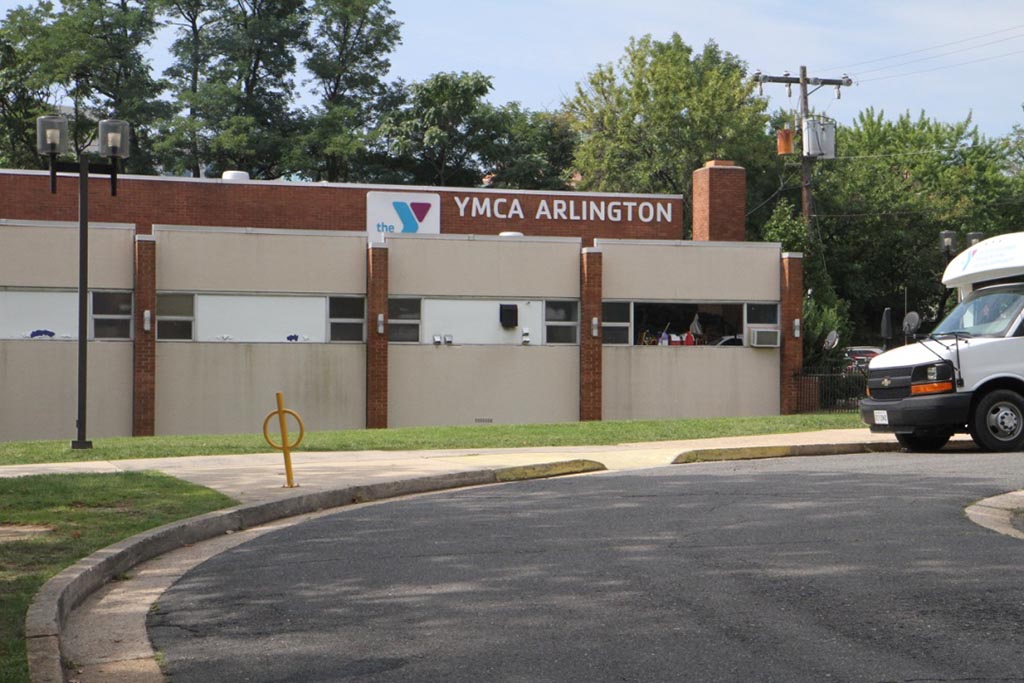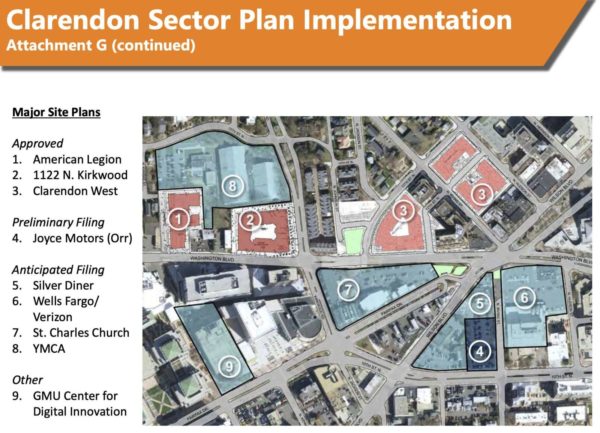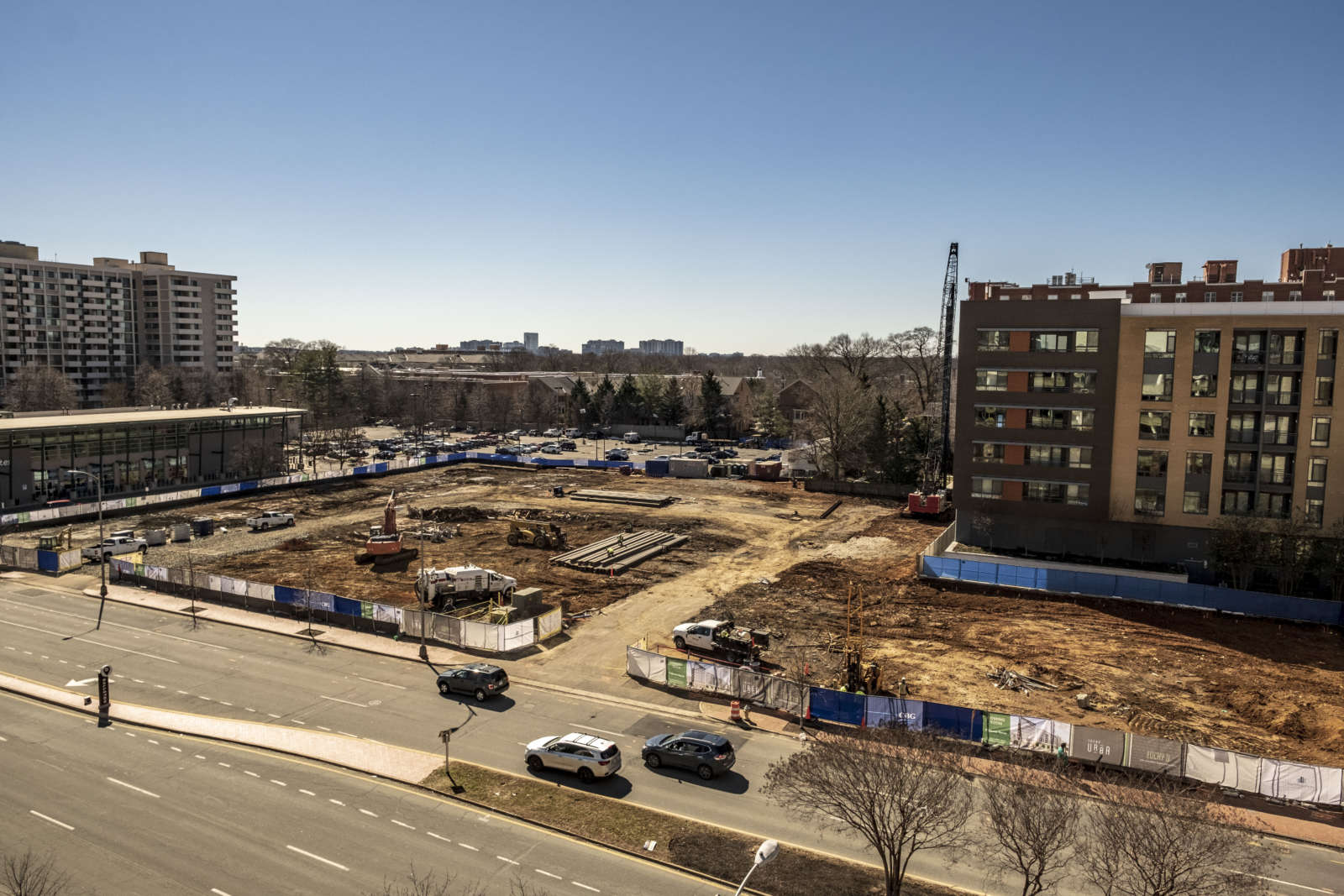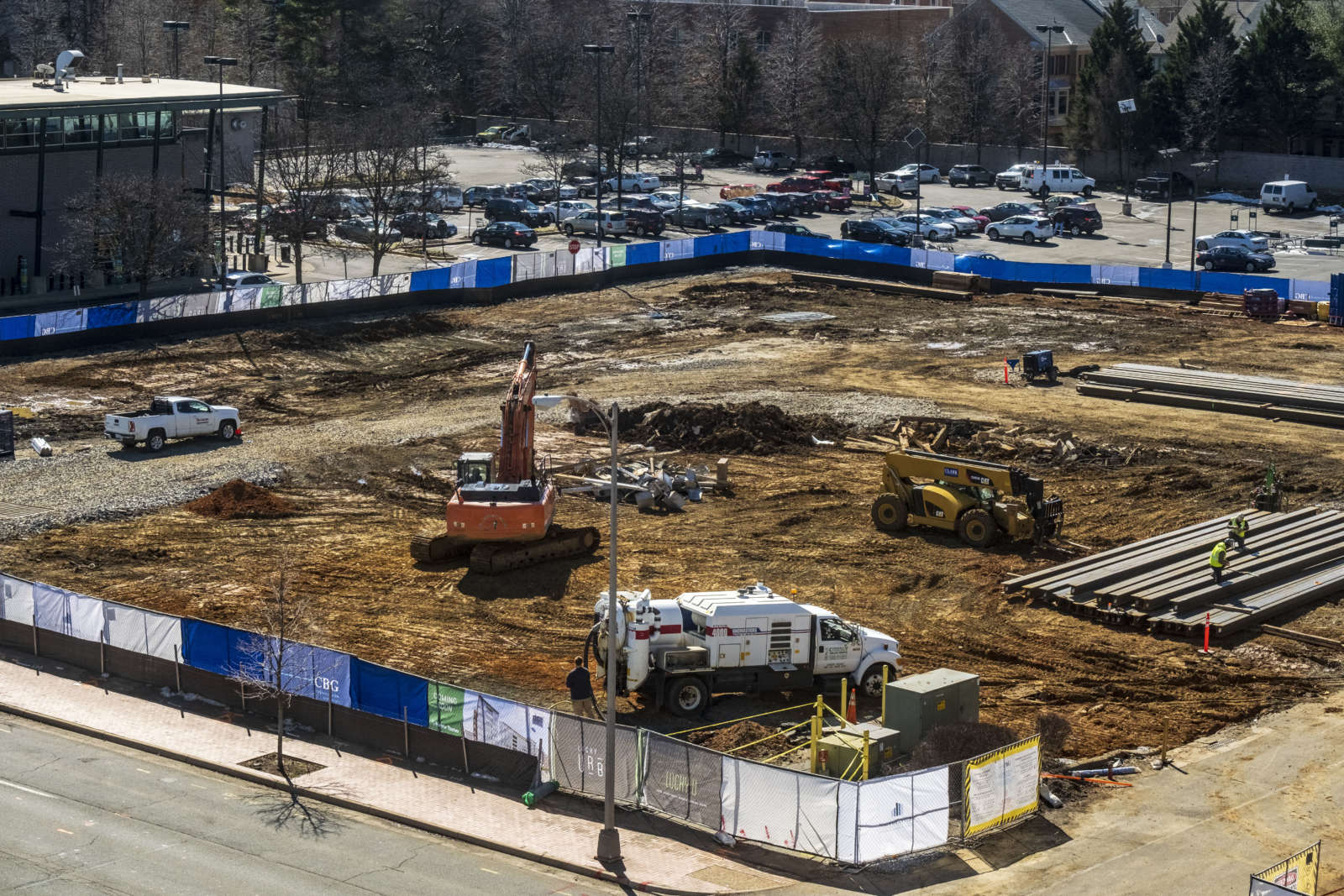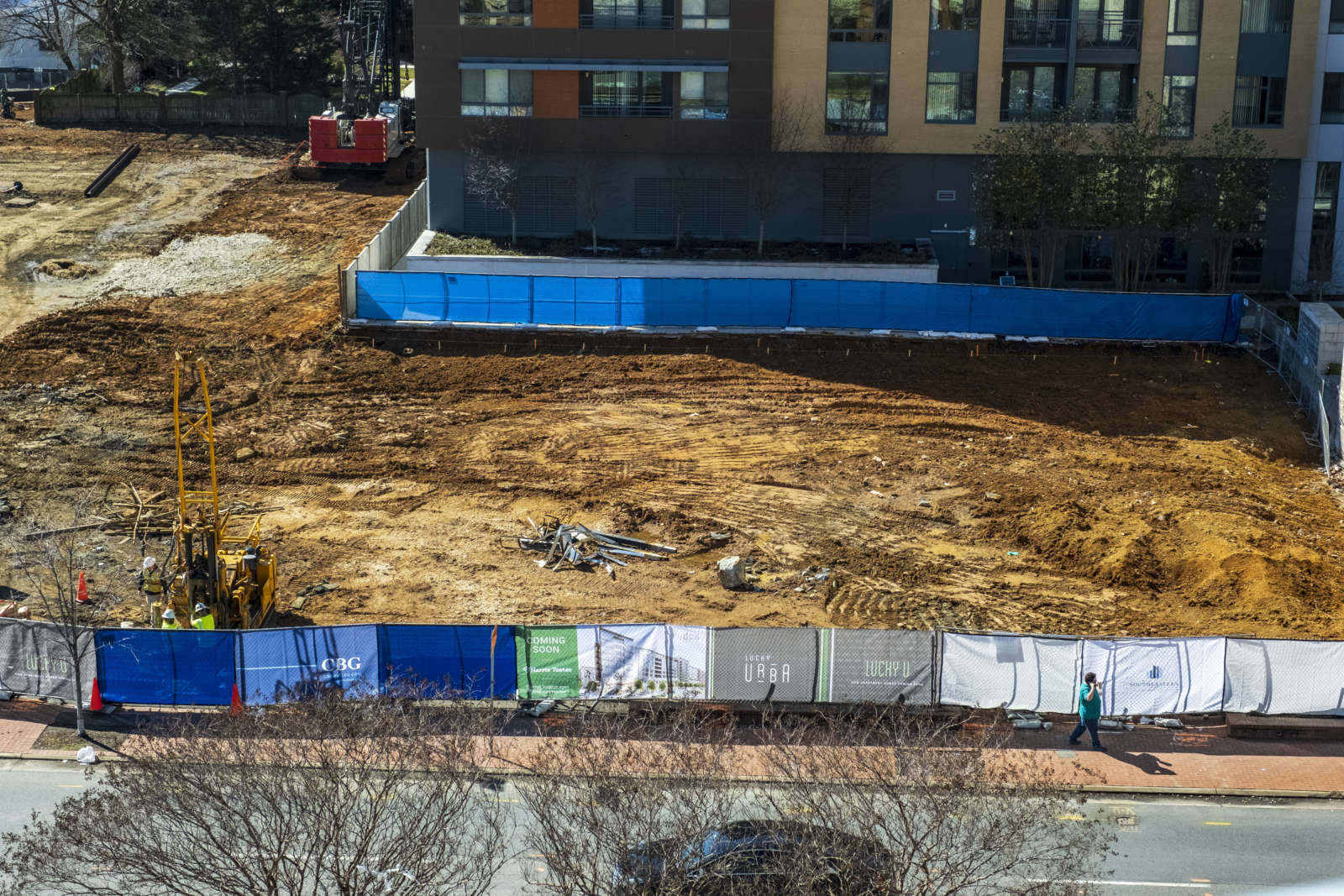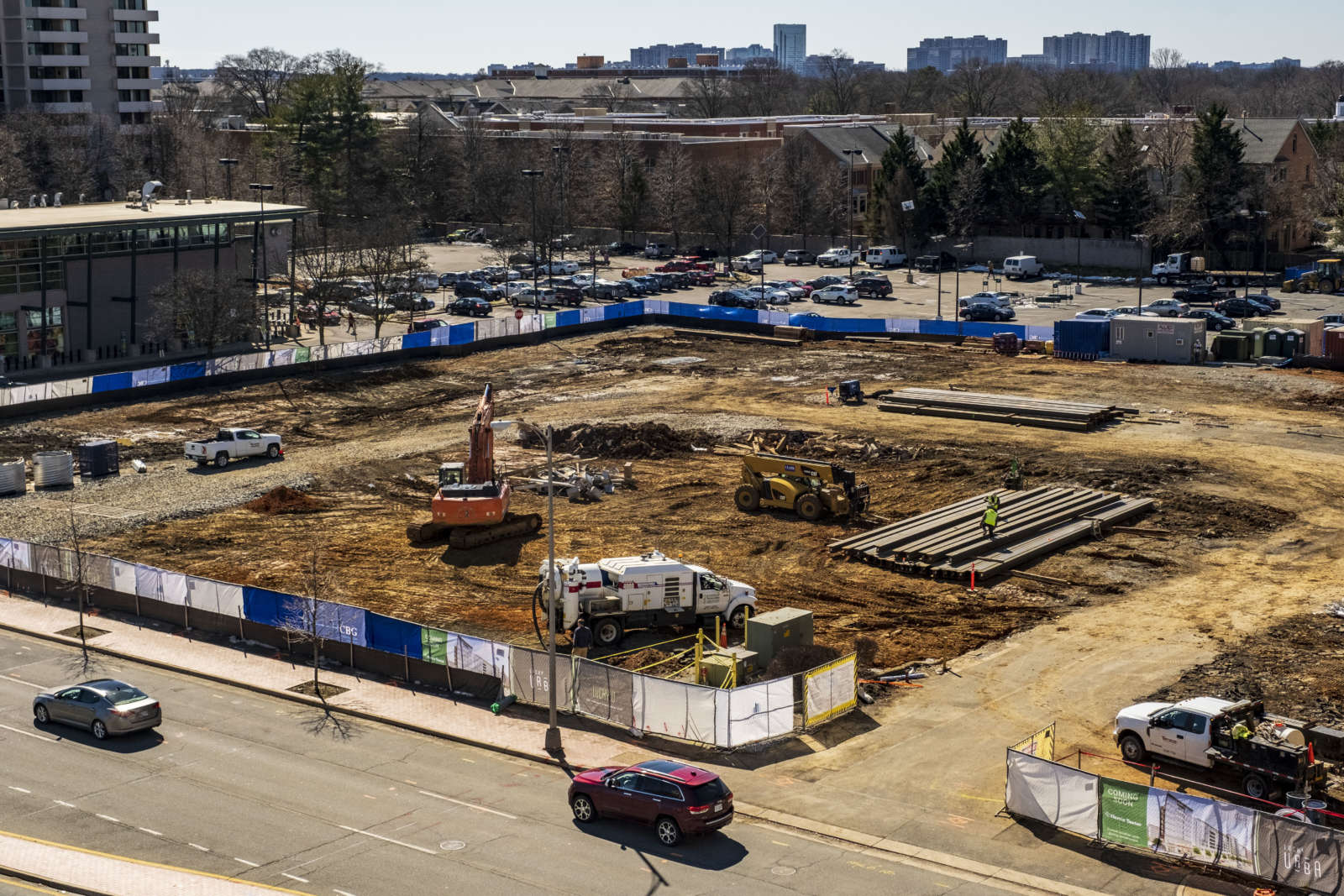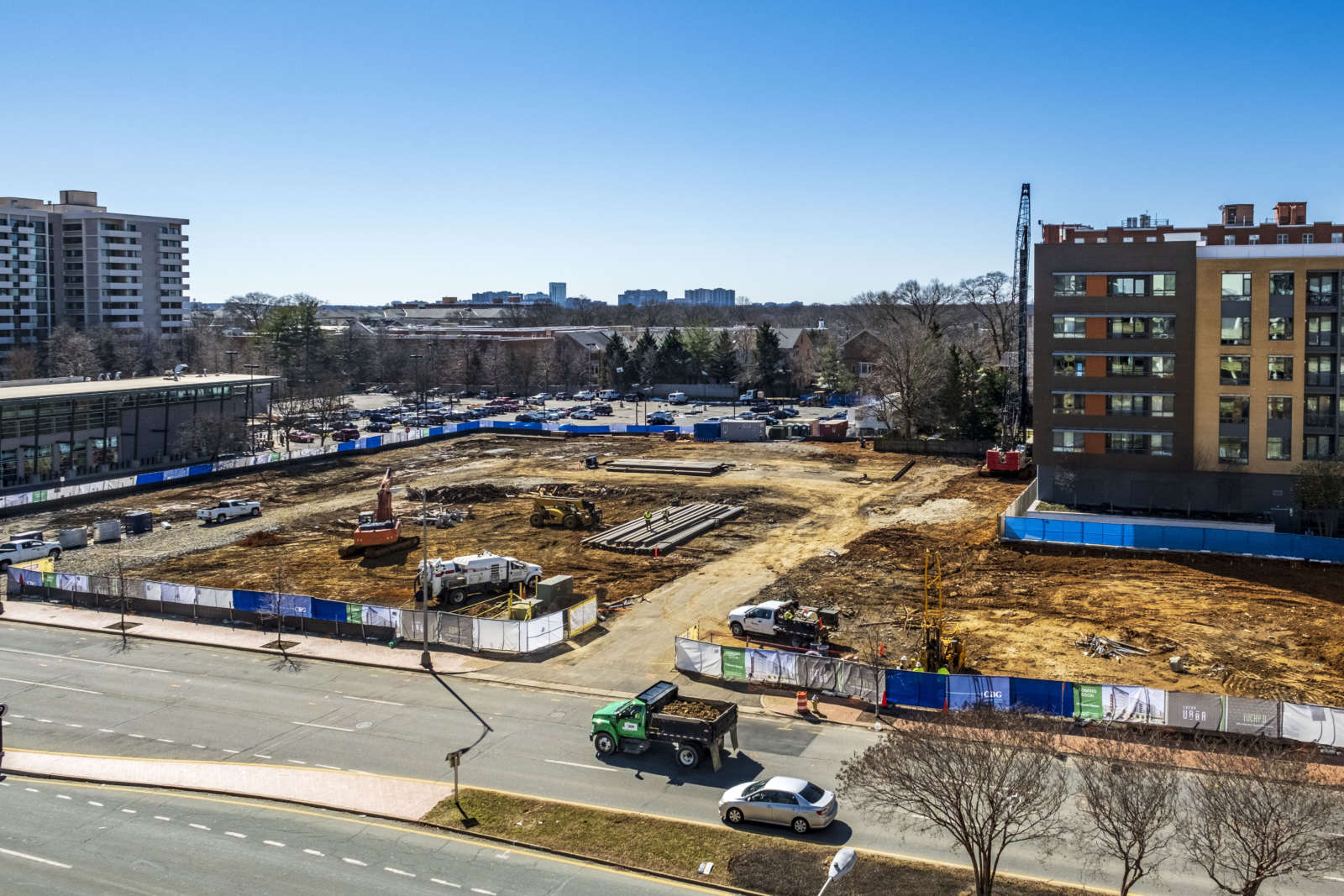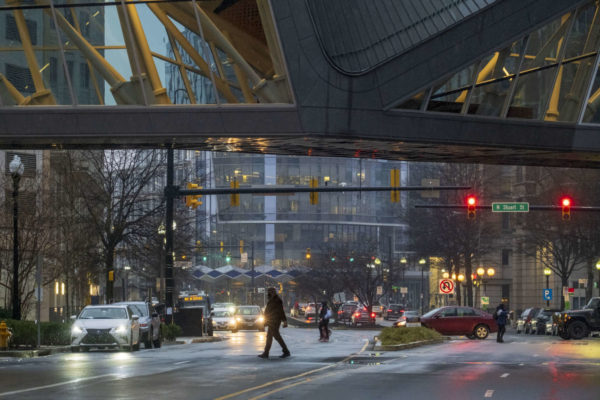Facing high rates of pandemic-era apartment vacancies, Dittmar Company is looking to recoup its losses through short-term rentals.
The Tysons-based developer and property management group is asking the Arlington County Board for permission to convert up to 75 furnished apartment units in three Arlington buildings into flexible hotel rooms.
Randolph Towers in Ballston, Courtland Towers in Courthouse and Virginia Square Towers in Virginia Square will each have 25 units available as short-term rentals under the proposal.
These “Flexible Units,” which comprise less than 5% of the total units in each building, may be rented for short-term stays of fewer than 30 days or long-term stays of more than 30 days. Dittmar will require a minimum length of stay of at least three consecutive nights, and the units cannot be rented for more than 90 nights in a calendar year, according to a county staff report.
Currently, the furnished units are “rented by foreign embassies, corporations, universities, medical facilities, and other tenants desiring long term residential stays,” Nicholas Cumings, Dittmar’s legal representative, wrote in a letter to the county this spring.
They are “typically vacant for three months out of the year and require significant operational costs (i.e. provision of utilities, furniture, housekeeping facilities and housekeeping personnel, etc.),” said Cumings, an attorney with the land use firm of Walsh Colucci.
The new arrangement would allow Dittmar to offset the losses from when such furnished units are vacant, Cumings said. The conversions would be in effect for up to five years.
County Manager Mark Schwartz recommends the County Board approve the request during its meeting on Saturday. The County Board previously heard the requests in May and, following staff recommendation, deferred them to allow for more conversations and analysis, county staff wrote.
“Concerns have been raised by the community and Planning Commission regarding the potential impacts on housing affordability and the absence of County policy on temporary conversions of residential to hotel use,” the staff report said. “Since the Flexible Units may be rented by any individual seeking either a long- or short-term furnished stay, staff expects the temporary conversions to have limited, if any impact on the broader housing supply or rental rates.”
One resident told ARLnow he thinks this arrangement will lead to a spike in travelers in the building.
“Although they claim now to rent furnished units to institutional partners (like universities or embassies), I worry that Dittmar will seek to rent them on a day-to-day basis,” the resident said. “This will ruin the nature of communities that are primarily for long-term tenants. When we finally get through the pandemic and people can travel more freely, I worry that these buildings will become prime destinations for countless travelers.”
In his letter, Cumings wrote that Dittmar “has no desire to operate as a hotel and seeks the ability to rent their existing furnished units for short-term stays in order to offset the cost of vacancies throughout the year.”
The rental units will be a mix of one-, two- and three-bedroom units, mostly located on the lower floors, “with some premium furnished units located on the penthouse floors,” he said.
The County Board will be meeting in-person on the third floor of county government headquarters, at 2100 Clarendon Blvd in Courthouse. It resumed in-person meetings in June after switching to virtual meetings last year due to the pandemic.


